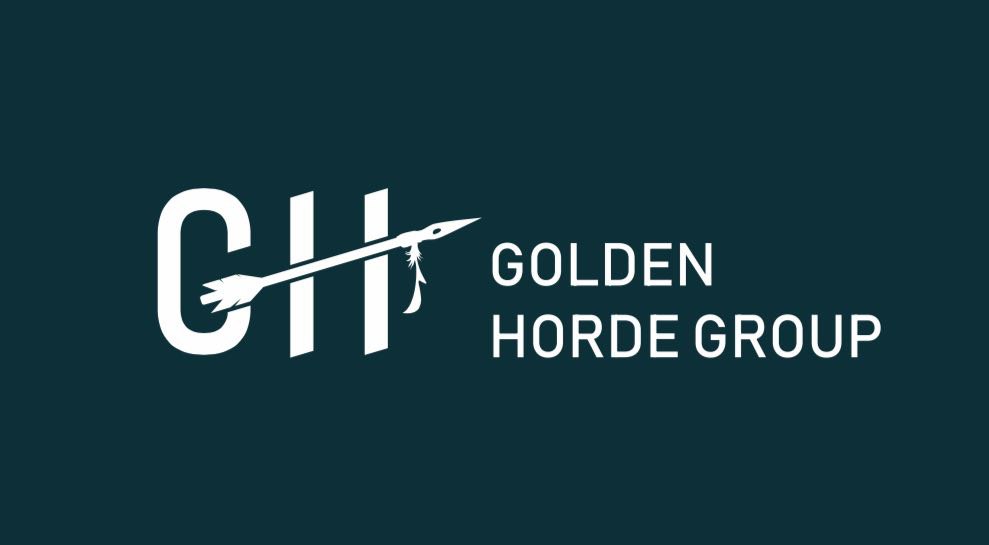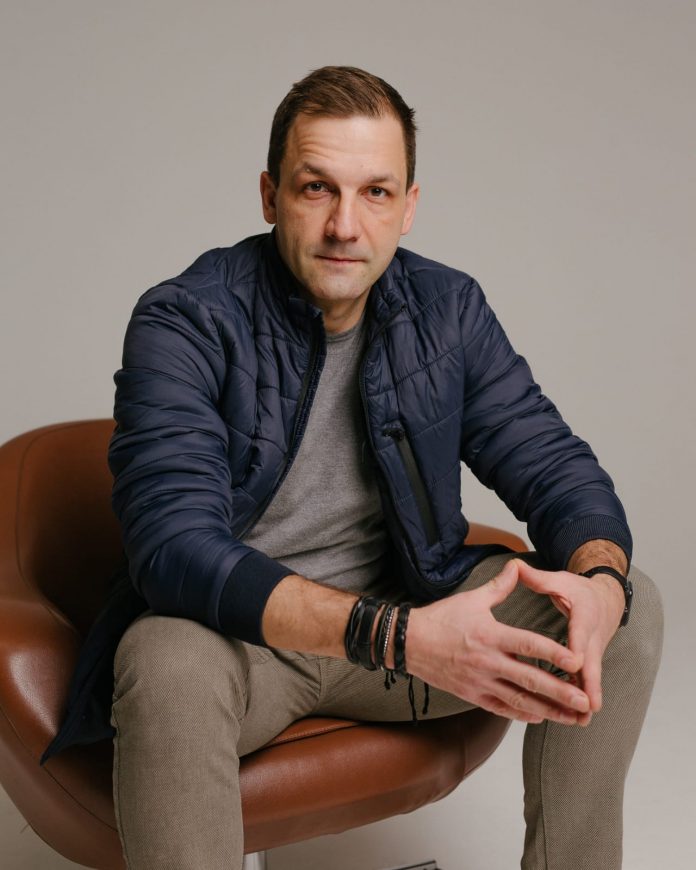Schoolteachers, university and college teachers say with one voice that the new generation is different and differs from the previous ones in the system of thinking, as well as in the ways of perception and assimilation of the material. Standard teaching methods don’t work. To surprise a student or a student in a lesson or lecture, to interest him, to impress him with knowledge and to capture his attention sometimes seems an unrealistic task, but VR easily solves all these problems.

According to Rasil Valeev, an expert on virtual reality and efficiency, a developer and strategist, the solution to this issue is the use of modern technologies – VR. It is a well-known fact that virtual reality provides ample opportunities not only for entertainment, but also for training and even career guidance. Among the advantages of using VR in the educational process are increased concentration and attention on a given topic or subject of study, the possibility of combining theory and practice (technology allows you to see or feel everything they have read in theory), the introduction of gamification elements into the educational process.
Today, it is already possible to use VR technologies in lessons – for this purpose, there are special applications for schools in the public domain. Rasil Valeev shares a selection of such applications that can be used in physics, biology, chemistry and history lessons (subject to the availability of VR helmets).
Biology
Visualization of the skeleton and life of viruses in the human body from Visual Science
The program presents a set of lessons on studying the structure of the human skeleton in the form of lessons and virtual models. To study the structure of the skull, the developer has created a separate application, the quality of the content of which is scientifically reliable and verified by professional methodologists.
InCell and InMind games from Luden.io
These are quest games, performing tasks in which schoolchildren study the features of the structure and vital activity of the human body. Students stop the
spread of the virus in the body, and also observe the chemical processes underlying the nature of human emotions.
Virtual and Augmented Reality Laboratory from “Workshop of Science” The program was developed and applied in the regional center for the identification and support of gifted children “Polaris-Adygea”, and was also tested as part of the project “Scientific Tractor” of the Polytechnic Museum of Moscow and in private schools. The app works on a tablet and in a VR helmet and will tell you about the structure of cells and the structure of the human brain.
Visualization of biological objects from Visual Science
This is a whole series of educational posters with augmented reality and interactive applications, including VR animation of viruses. A distinctive feature is that the developer has a pool of in-house and external scientific consultants, which includes more than seventy candidates and doctors of sciences from the world’s leading research centers from Harvard to the Hong Kong University of Science and Technology.
Physics
Virtual Physical Laboratory from ModumLab
Designed to prepare for the OGE in physics. The main course material is supplemented with theory with demonstration of experience and works with teacher moderation. The lessons are consistent and aimed at mastering new material and consolidating what has already been passed in each subsequent one.
Educational VR environment from Physicon
The program is presented with three-dimensional models and thematic complexes for lessons in physics, history, natural science, geography and biology. Fizikon offers solutions with a clear interface and an accumulating knowledge base that will simplify the work of teachers.
360° Experiments from Boxglass Education
The app contains augmented reality experiments for eighth grade physics lessons. Experiments lasting 3-5 minutes cover the following topics: aggregate
states of matter, thermal conductivity, convection, radiation, evaporation and condensation, boiling, melting, crystallization.
Chemistry
VR Chemistry LAB from the Center of NTI FEFU and STEM games This is a whole virtual chemical laboratory, supplemented with a set of methodological materials and a system for tracking the actions of each student. The program has a clear interface that allows you to form laboratory work without involving an IT specialist.
MEL Chemistry VR from MEL Science
A system of short lessons to complement the classical material, allowing you to visualize complex material on various topics. The duration of classes is 3-7 minutes, so they are easily integrated into the course of a school lesson.
AR VR Molecules Editor from Virtual Spaces
The application is designed to visualize molecules of organic and inorganic compounds, where students can independently design models of molecules and cyclic compounds. By pointing the camera of a mobile device at the formula of a chemical substance printed on a piece of paper, the student will be able to observe and study the 3D representation of the corresponding molecule in augmented reality.
There are also already many programs for excursions, historical travel, studying safety rules, geography and even foreign languages. To date, the boundaries for the perception and transmission of information are completely blurred. To take advantage of technological educational solutions, you need to download special applications in the App Store, Google Play or Steam catalogs, and, if possible, purchase VR glasses for classes.
At the same time, it must be remembered that VR is an additional tool for teaching a subject, the same as a textbook, an interactive whiteboard or a mobile application.



![[CEO Spotlight] Interview with Artist and Record Label Owner Young Mo Da Great](https://forbesglobalnews.com/wp-content/uploads/2022/02/Young-Mo-pic-1-218x150.jpg)



